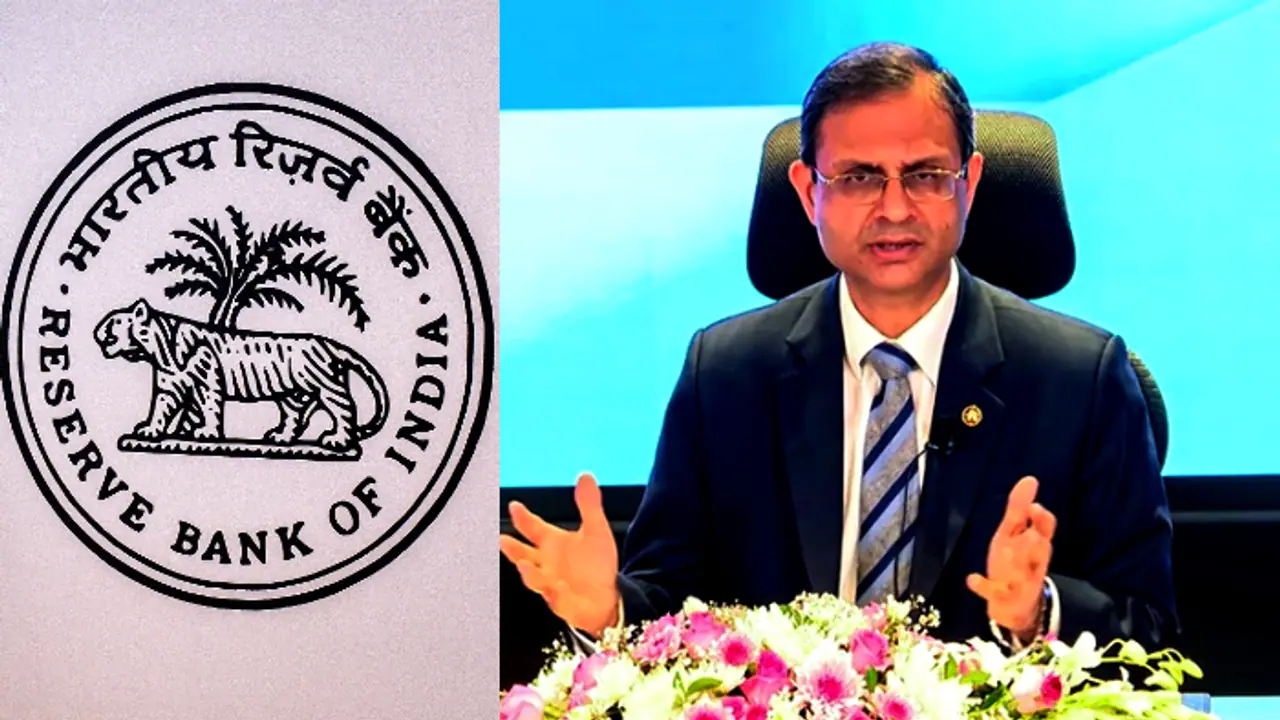Reserve Bank of India's (RBI) Monetary Policy Committee (MPC) unanimously decided to cut the repo rate by 25 basis points, bringing it down from 6.50% to 6.25%. The repo rate cut, announced in first Monetary Policy Committee meeting of Sanjay Malhotra as RBI Governor, is the first since 2020.
The Reserve Bank of India's (RBI) Monetary Policy Committee (MPC) unanimously decided to cut the repo rate by 25 basis points, bringing it down from 6.50% to 6.25%.

The decision is aimed at balancing growth with inflation control. While the rate cut signals a push to stimulate economic activity amid global uncertainties, the RBI maintained a neutral stance, reflecting its cautious approach in navigating persistent inflationary pressures and external headwinds.
Governor Sanjay Malhotra reaffirmed confidence in the current inflation targeting framework, highlighting its role in maintaining price stability despite global economic challenges. The repo rate cut, announced in first Monetary Policy Committee meeting of Sanjay Malhotra as RBI Governor, is the first since 2020.
RBI's Monetary Policy meet: Key takeaways
Repo rate cut: The Monetary Policy Committee unanimously decided to reduce the policy repo rate by 25 basis points from 6.50% to 6.25%, while maintaining a neutral stance to support growth and control inflation. The announcement comes for the first time in 5 years.
Inflation targeting framework: The Governor reaffirmed confidence in the Flexible Inflation Targeting (FIT) framework introduced in 2016, stating it has helped keep inflation aligned with targets, barring occasional breaches.
Global economic challenges: The global economy remains under pressure due to stalled disinflation, geopolitical tensions, and policy uncertainties, impacting financial markets and emerging economies, including India.
Indian economy resilience: Despite global headwinds, India’s economy remains strong and resilient, although the Rupee has faced depreciation pressures due to global factors.
Growth outlook: Real GDP growth for the current fiscal year is estimated at 6.4%, down from 8.2% last year, with projections of 6.7% growth for the next year, supported by strong agricultural activity and improving manufacturing.
Inflation outlook: Consumer Price Index (CPI) inflation is projected to moderate to 4.8% for the current year and further to 4.2% in 2025-26, assuming normal monsoon conditions and stable food prices.
Regulatory reforms: The RBI will continue to strengthen and rationalize regulations like the Liquidity Coverage Ratio (LCR) and Expected Credit Loss (ECL) framework, balancing financial stability with economic efficiency.
External sector stability: India’s current account deficit remains manageable at 1.2% of GDP, with robust foreign exchange reserves of $630.6 billion, providing over 10 months of import cover.
Liquidity conditions: System liquidity turned into a deficit in December 2024 and January 2025 due to factors like advance tax payments, capital outflows, and forex operations.
Consultative approach: The RBI emphasized its commitment to a consultative process in regulation-making, ensuring smooth implementation with phased transitions and stakeholder feedback.
Also Read: Another 7% DA hike for central govt employees? Who will get the extra money?
Reserve Bank of India's Monetary Policy decisions' impact
With global uncertainties continuing to cast a shadow, the RBI’s latest policy decisions underscore a delicate balancing act — supporting domestic growth while keeping inflation in check. The focus on regulatory reforms and external sector stability, alongside projections of moderate inflation and steady GDP growth, signals cautious optimism. As liquidity conditions tighten and the Rupee faces depreciation pressures, the RBI's consultative approach and robust foreign reserves are expected to provide a safety net, ensuring the Indian economy remains resilient amid global turbulence.
